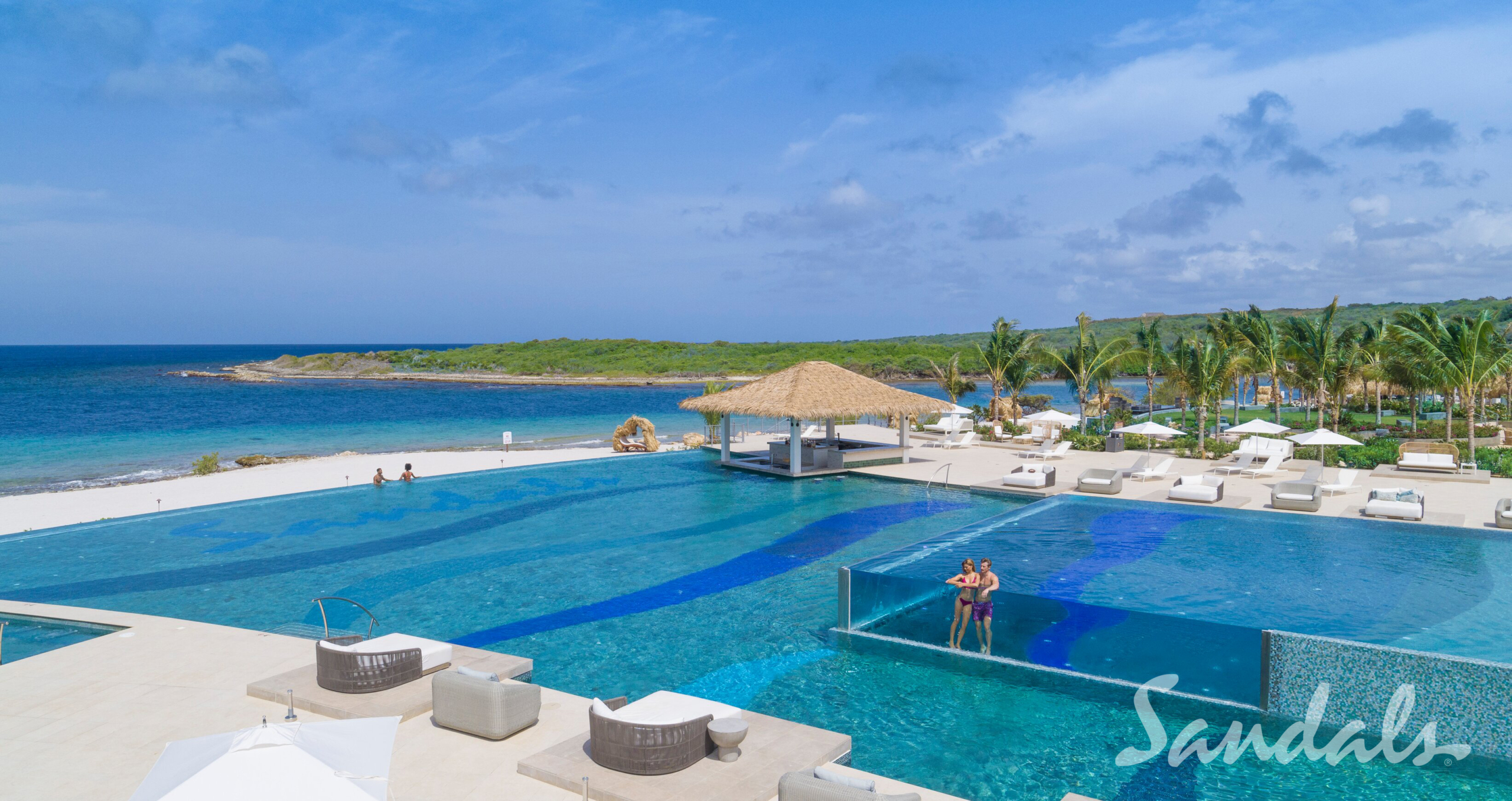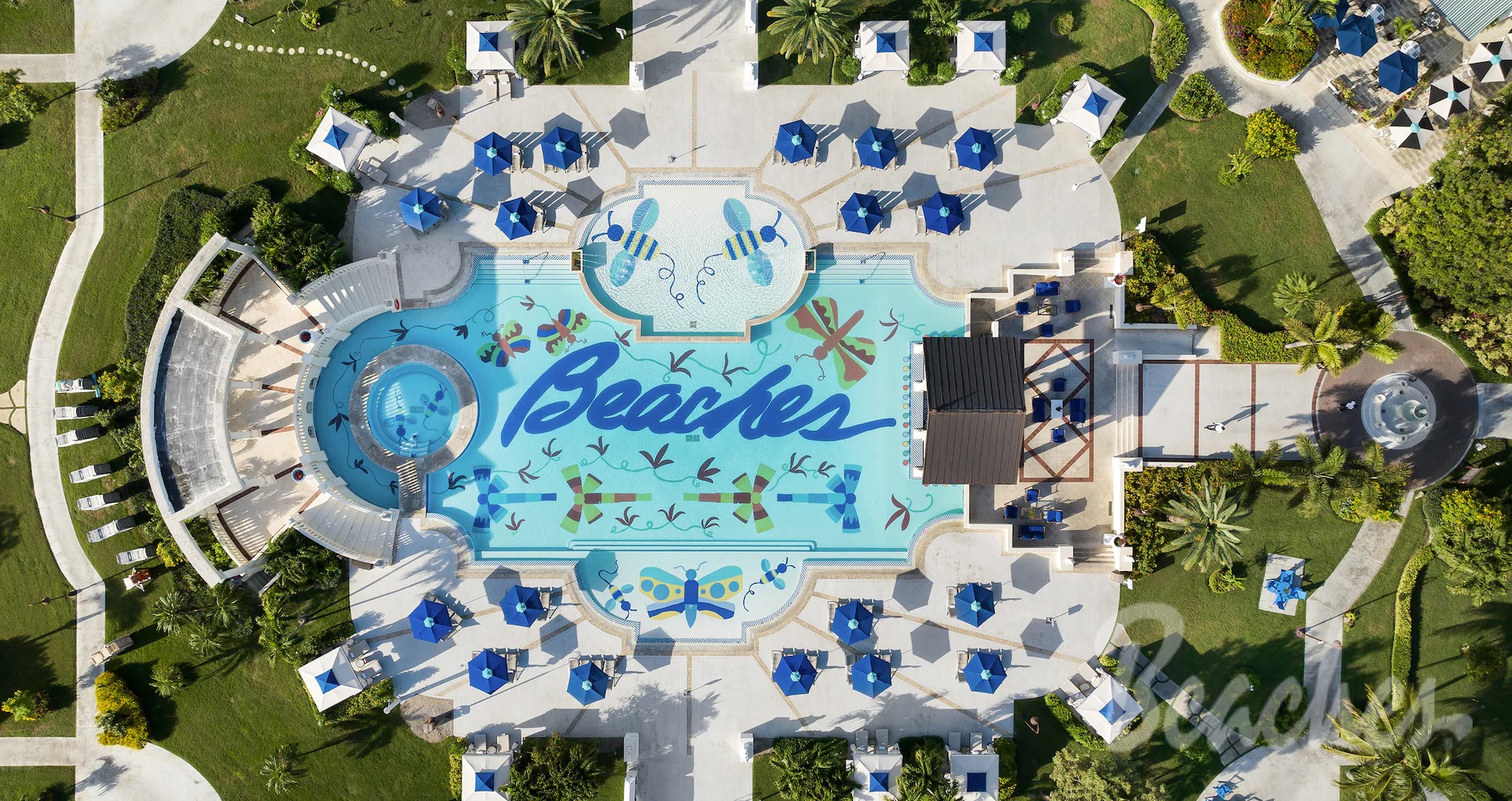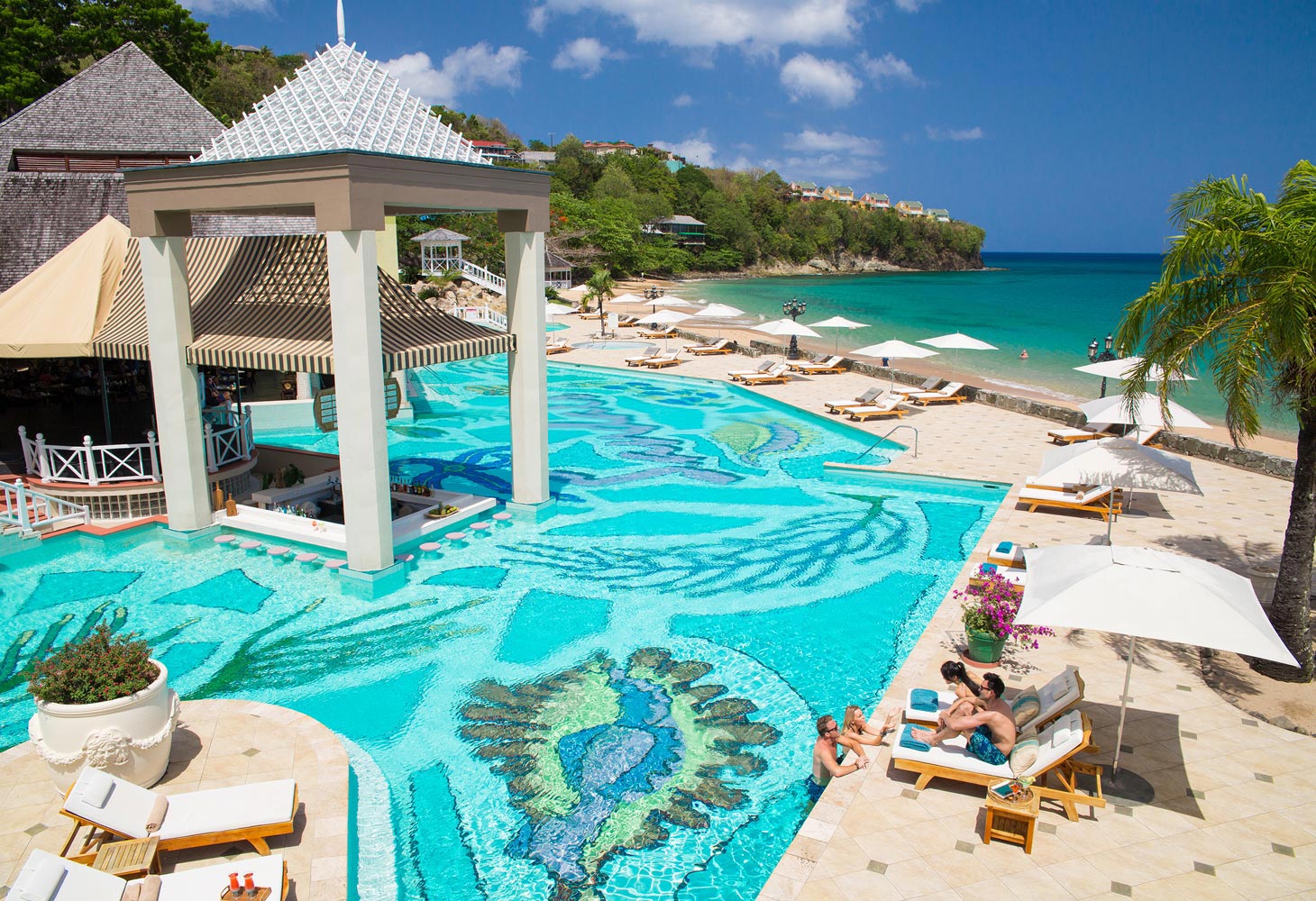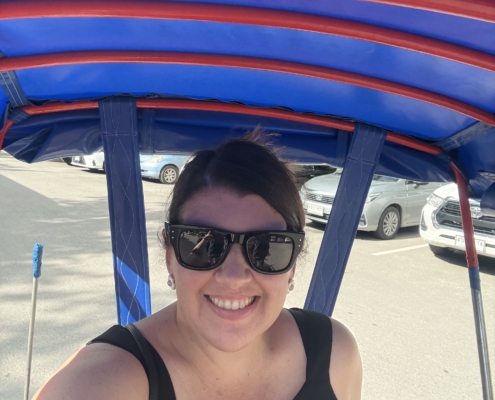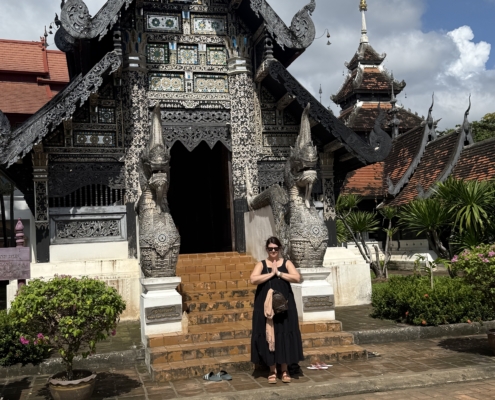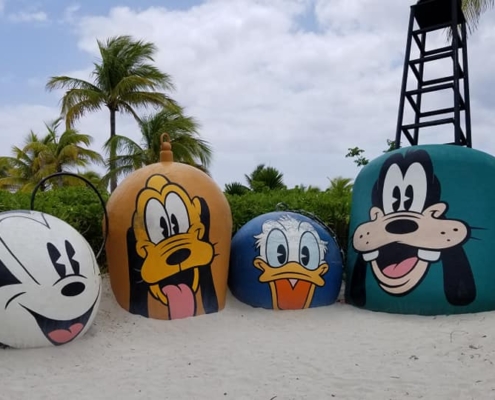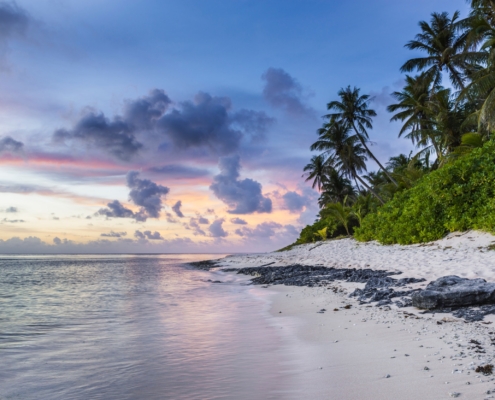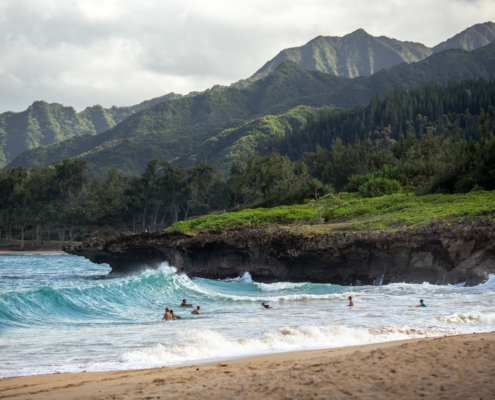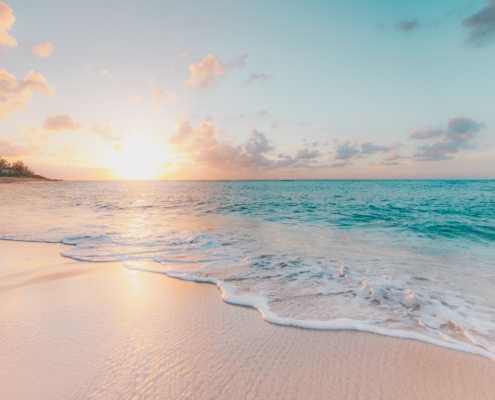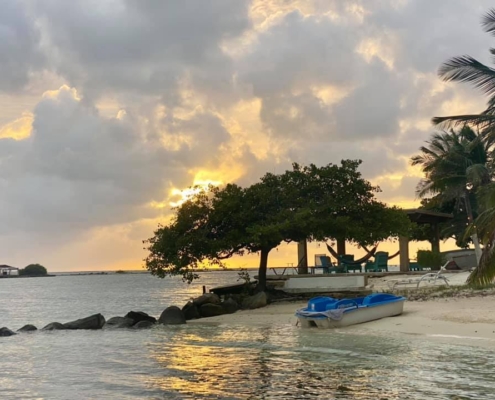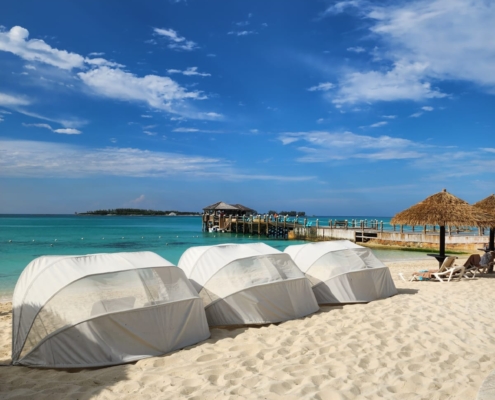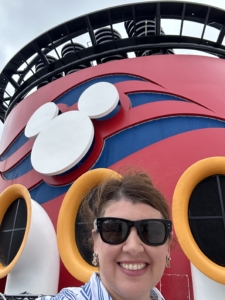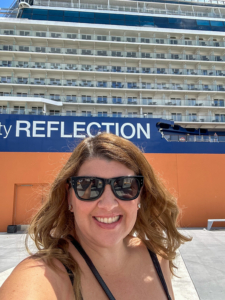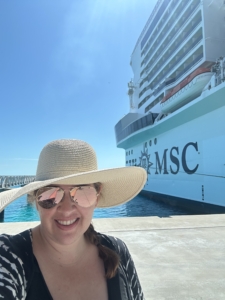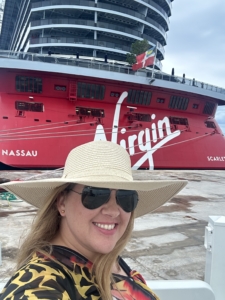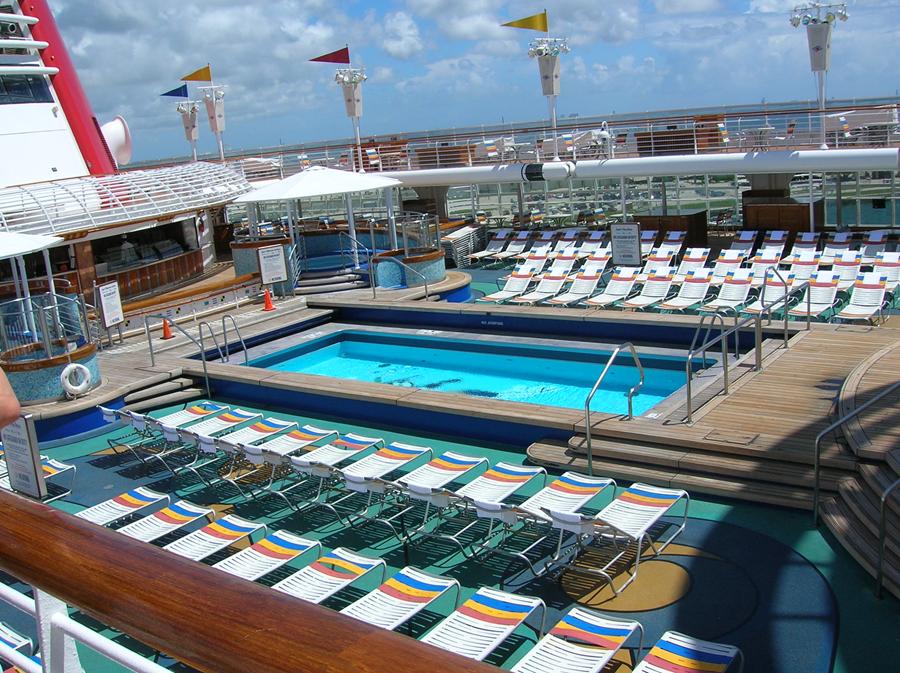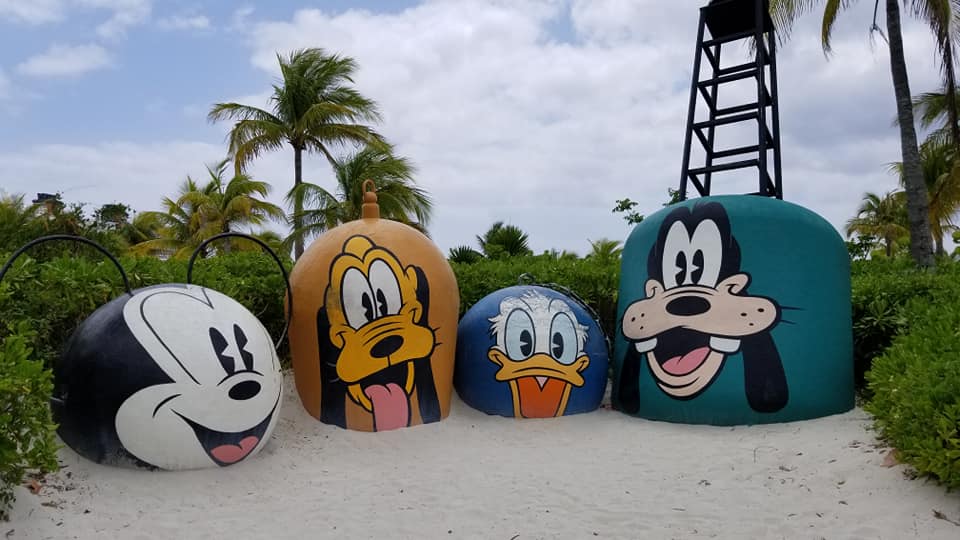Let me be straight with you: not all all-inclusives are created equal.
After years of booking resorts across the Caribbean, I’ve seen clients return from “all-inclusive” vacations feeling nickel-and-dimed—surprise charges for decent wine, restaurant reservations they couldn’t snag, water sports that cost extra. Sound familiar?
That’s exactly why I’m passionate about Sandals and Beaches Resorts. They’ve fundamentally reimagined what all-inclusive means, and once you understand the difference, you’ll never look at a standard resort package the same way.
The All-Inclusive Promise—Actually Delivered
Here’s what most resorts call “all-inclusive”: basic buffet meals, watered-down cocktails made with bottom-shelf liquor, and a list of “included” activities that’s shorter than your packing list.
Sandals and Beaches? They’ve turned that model on its head.
Airport transfers? Included—no scrambling for a taxi or haggling over rates when you land.
Dining? We’re talking double-digit restaurant options featuring 5-star global cuisine. French, Italian, Caribbean, Asian fusion—take your pick. No reservations required for most venues, no upcharges for the good stuff. And if you have dietary restrictions? They’ll work with you, not against you.
Drinks? Premium spirits and wines flow freely. We’re talking top-shelf, not the cheap brands most resorts hide in their “all-inclusive” packages.
Water sports? Kayaking, paddleboarding, snorkeling, Hobie Cats—all included. Even scuba diving for certified divers (up to two dives daily). Do you know how rare that is?
Golf? Select locations offer complimentary rounds. No greens fees sneaking onto your bill.
And here’s my favorite part: no tipping required. Everything—service, gratuities, taxes—is already included. You can actually relax without constantly reaching for your wallet or doing mental math about appropriate tip percentages.
Two Brands, Two Completely Different Vibes
This is where Sandals and Beaches really distinguish themselves—not just from other resorts, but from each other.
Sandals: Where Romance Gets Serious
Sandals Resorts are exclusively for couples. No kids. No bachelor parties. Just adults seeking romance, luxury, and peace.
Every single room features a king-sized bed—because this is about the two of you. Whether you’re celebrating your honeymoon, anniversary, or simply want to reconnect away from daily life’s chaos, the entire atmosphere is designed for intimacy.
Picture overwater bungalows with glass floor panels revealing turquoise waters below. Butler service that anticipates your needs before you voice them. Piano bars and sophisticated nightlife. Tranquil spa experiences built for couples.
Everything whispers (never shouts): This time is yours.
Beaches: Where Families Actually Vacation Together
Now, if you’re traveling with kids—or better yet, planning that ambitious multigenerational trip with grandparents, teenagers, and toddlers all in tow—Beaches Resorts is your answer.
These properties understand that “family-friendly” shouldn’t mean “parents survive while kids have fun.” Everyone should thrive.
The accommodations alone tell the story: Multi-bedroom villas sleeping up to 11 people. Not cramped hotel rooms where you’re all on top of each other, but actual space where teenagers can have their zone and parents can tuck the little ones in before enjoying adult time.
The activities? Stratified for every age and energy level:
- Water parks that’ll exhaust even your most hyperactive eight-year-old
- Sesame Street character experiences for the preschool set
- Teen lounges and nightclubs where older kids can hang (safely and supervised)
- Kids’ camps with trained counselors, giving parents guilt-free time for that couples’ massage
- Family-friendly dining venues alongside more sophisticated options for when grandparents are watching the kids
This isn’t about containing children while adults suffer through. It’s about creating magical memories across three generations—together and separately, exactly when each matters most.
The Devil’s in the Delicious Details
Let me give you a side-by-side so you can see exactly what I mean:
|
Feature |
Sandals Resorts |
Beaches Resorts |
|
Who It’s For |
Couples only (adults 18+) |
Families, groups, all ages |
|
Room Setup |
King beds, romantic suites, overwater bungalows |
Multi-bedroom villas, family suites (up to 11 guests) |
|
The Vibe |
Romance, tranquility, sophistication |
Energetic, multigenerational fun |
|
Special Touches |
Butler service, adults-only pools, intimate dining |
Water parks, kids’ clubs, Sesame Street, teen spaces |
|
Evening Scene |
Piano bars, nightlife, couple-focused entertainment |
Family shows, character dinners, varied entertainment by age |
Both brands share the same exceptional all-inclusive foundation—premium dining, top-shelf liquor, water sports, scuba diving, no tipping. But the experience you’re crafting is entirely different.
Beyond the Brochure: What This Actually Means for Your Trip
I’ve sent couples to Sandals who returned glowing about finally disconnecting from work and reconnecting with each other. No phone calls from the office. No kid-centric schedules. Just the two of them, excellent food, and the kind of relaxation that actually restores you.
I’ve also booked multi-generational family reunions at Beaches where grandma and grandpa could relax poolside with a book while parents hit the gym, teenagers learned to scuba dive, and the seven-year-old made best friends with Cookie Monster. Everyone got their perfect vacation—simultaneously.
That’s the real differentiator: These resorts understand that luxury isn’t just thread count and square footage. It’s getting exactly the experience you need, without compromise or frustration.
The Bigger Picture
One more thing worth mentioning: Both Sandals and Beaches are deeply invested in the communities where they operate. Through the Sandals Foundation, they fund education initiatives, environmental projects, and social programs throughout the Caribbean.
Your vacation actually contributes to something bigger. That’s increasingly rare—and increasingly valuable to conscious travelers.
So What Does This Mean for You?
If you’re reading this and thinking, “This sounds exactly like what we need,” then let’s talk.
Because here’s what I know after years in this business: The difference between a good vacation and an extraordinary one often comes down to choosing the right fit—not just a beautiful property, but one that aligns with exactly what you need right now.
Celebrating an anniversary and craving uninterrupted romance? We should be looking at Sandals.
Planning that big family reunion where everyone from age 3 to 73 needs to be happy? Beaches is calling your name.
The best part? You don’t have to become a resort expert or spend hours comparing properties and packages. That’s literally what I do—and I love it.
Want to take advantage of Sandals resort discounts and receive new promos each week? Sign up here to get exclusive deals delivered straight to your inbox.
Ready to start planning your escape? Reach out to me directly, and let’s design something extraordinary together. I’ll help you navigate the properties, choose the perfect location, and ensure every detail aligns with your vision—and your budget.


